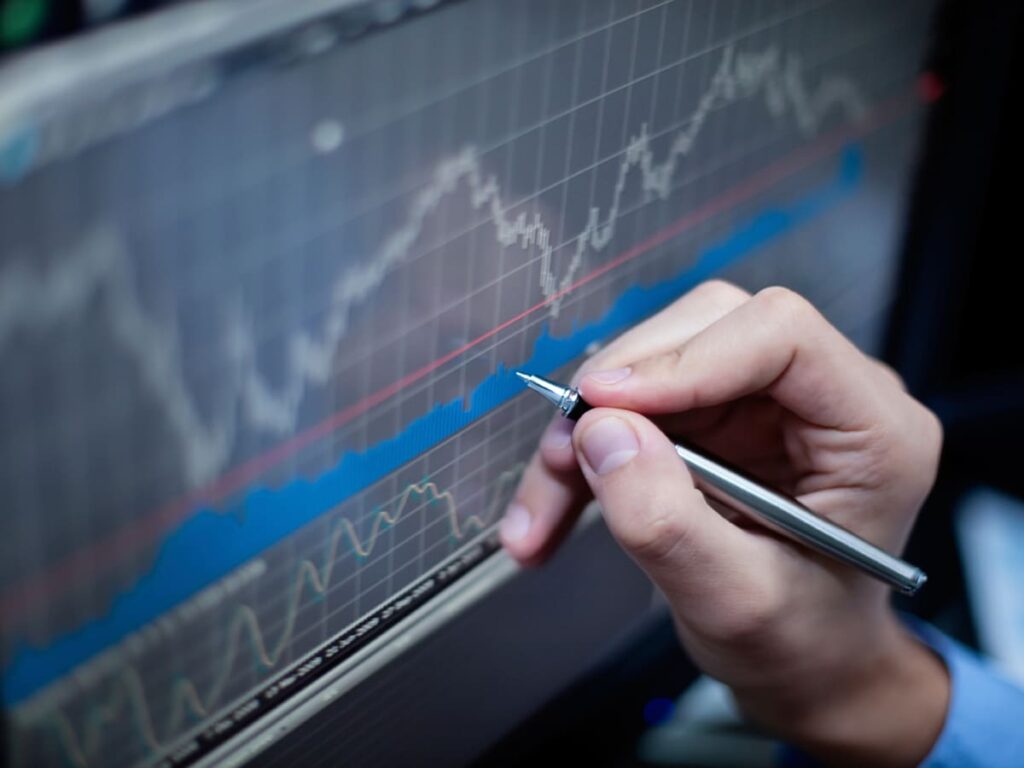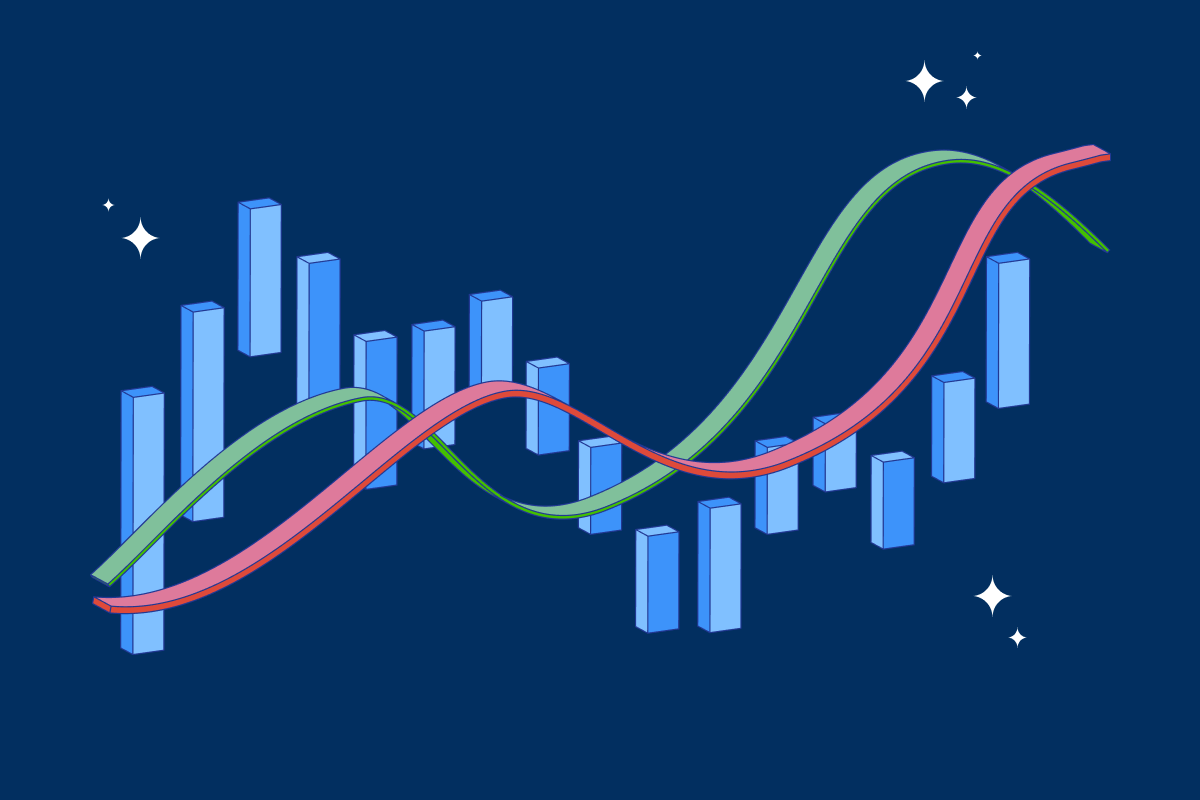Technical analysis is a method that uses price data and charts to decipher market dynamics and predict market movements. This method has a long history in the investment world, dating back to the 18th century when Japanese rice trader Honma Munehisa introduced candlestick charts. Generally, technical analysts try to identify patterns in past price and volume data to understand the supply and demand dynamics of the underlying asset. They aim to predict future price movements and make profitable investment decisions. Depending on the implementation, investors may rely directly on price charts or convert chart information into numerical signals, applying heuristic rules to develop trading strategies.
Technical Analysis vs. Fundamental Analysis: Astrology vs. Astronomy?
In the investment world, there’s a saying that comparing technical analysis to fundamental analysis is like comparing astrology to astronomy. This analogy may stem from the fact that fundamental analysis relies on a thorough examination of the economic fundamentals of the underlying asset to make investment decisions, which seems to offer more substantial merits. Fundamental analysis provides intuitive explanations of the asset’s price drivers, a philosophy dating back to Benjamin Graham, the mentor of value investing, in his book “Security Analysis” (1934).

The fundamental differences lie in the logic of investment philosophy and the beliefs or assumptions about the market. Ultimately, if we consider predicting asset returns as a statistical exercise, the significant differences lie in the data and forecasting models employed. Fundamental analysts focus on economic factors, including the macroeconomic environment and micro characteristics of underlying assets. In contrast, technical analysts assume that market prices encapsulate all relevant information, rendering other data redundant. However, these two approaches should be complementary rather than mutually exclusive, especially when considering data availability and its implications for forecast horizons.
Trend Following and Mean Reversion
Trend following and mean reversion are two technical strategies widely used in practice. Trend-following strategies attempt to identify the current market trend and invest in the same direction until the trend ceases. Standard signals used in trend following include moving average crossovers and time-series momentum. On the other hand, mean reversion strategies focus on the idea that asset prices cannot deviate from their fundamental values forever and will eventually revert to their actual value. These strategies identify when an underlying asset is overbought or oversold and pinpoint potential market reversal points.

Frequently Asked Questions
Here are some frequently asked questions about technical analysis:
Do Investors Use Technical Analysis?
Among professionals, technical analysis is widely employed in the stock, forex, and futures markets. Academic studies and surveys of professional investors support this.
How Profitable is Technical Analysis Empirically?
The effectiveness of technical analysis has been a subject of extensive debate in the academic finance community. Most research provides positive evidence supporting the predictability of technical analysis.
Are All Markets and Methods Equal?
Technical analysis seems to work best for stock and foreign exchange markets, though it depends on which technique and for what time horizon it is used. Trend-following methods yield the best results, while shorter time horizons seem more suitable than more extended methods.

Leave a Reply